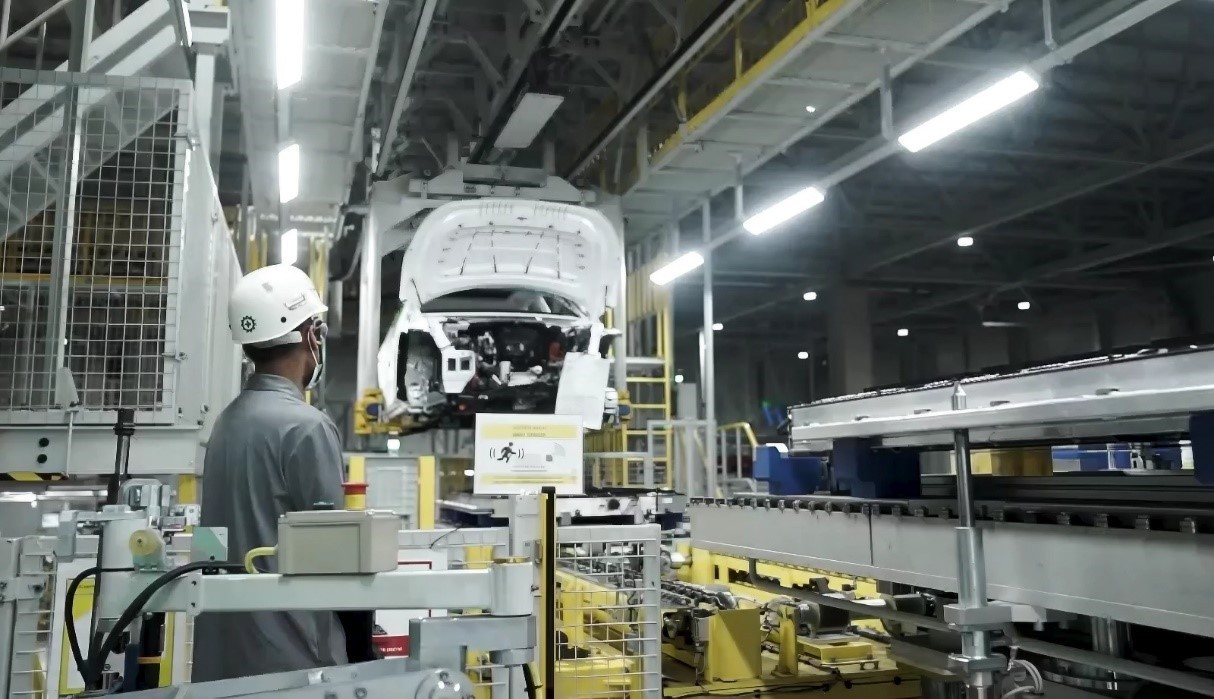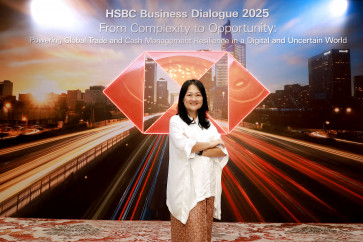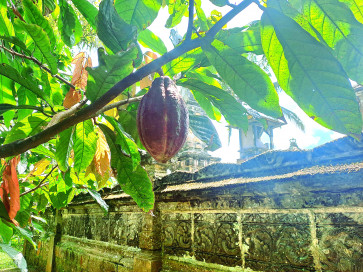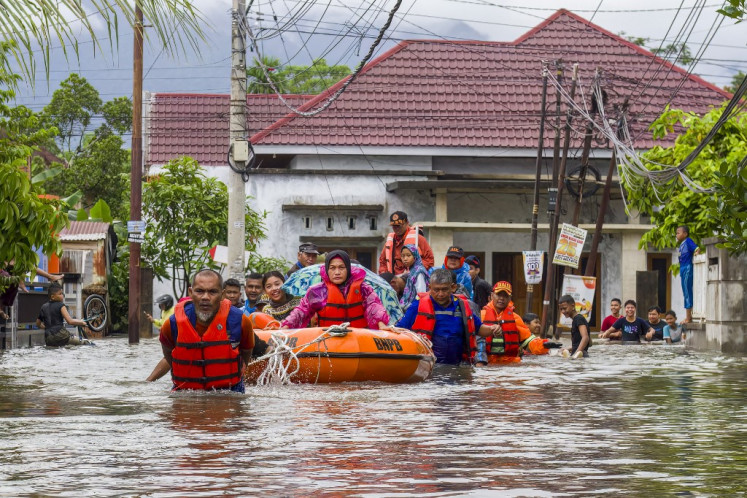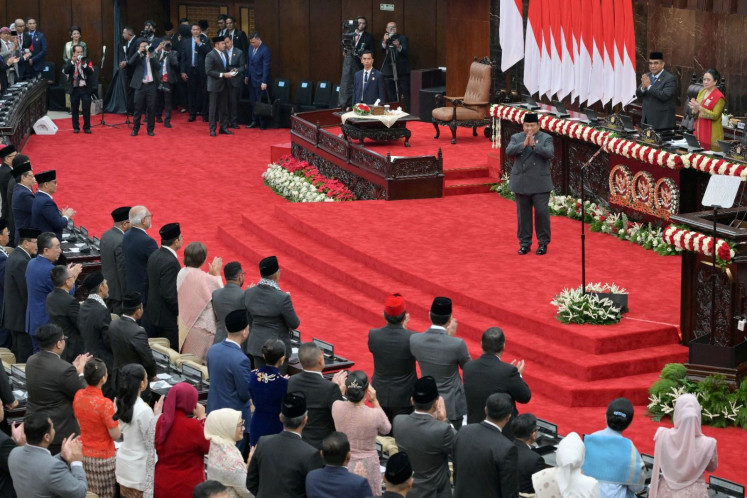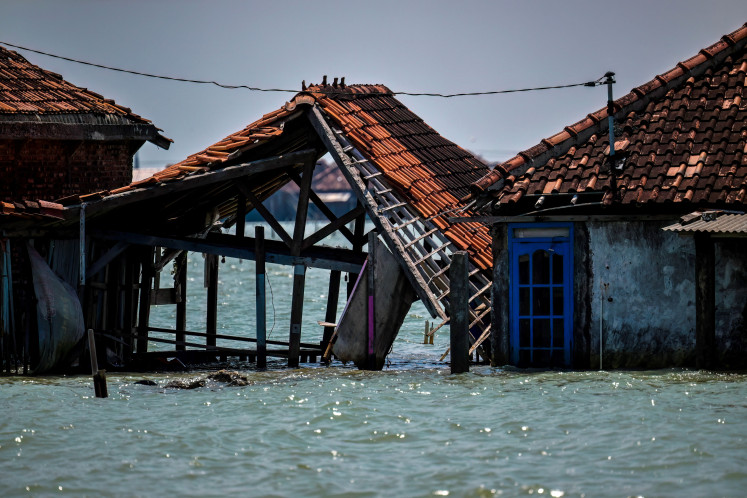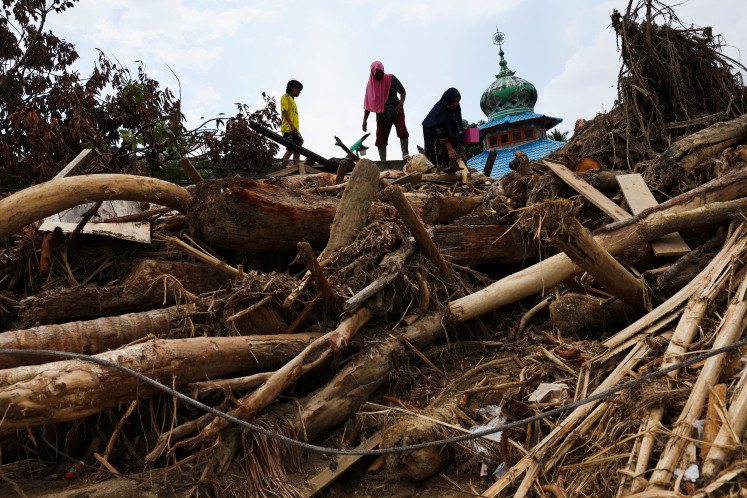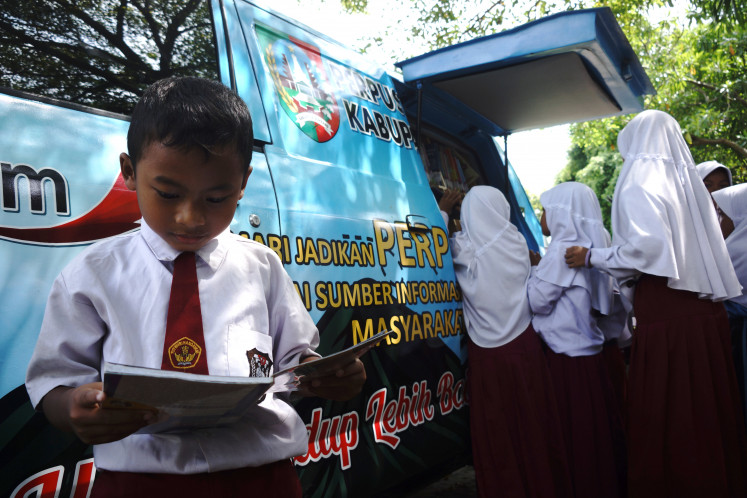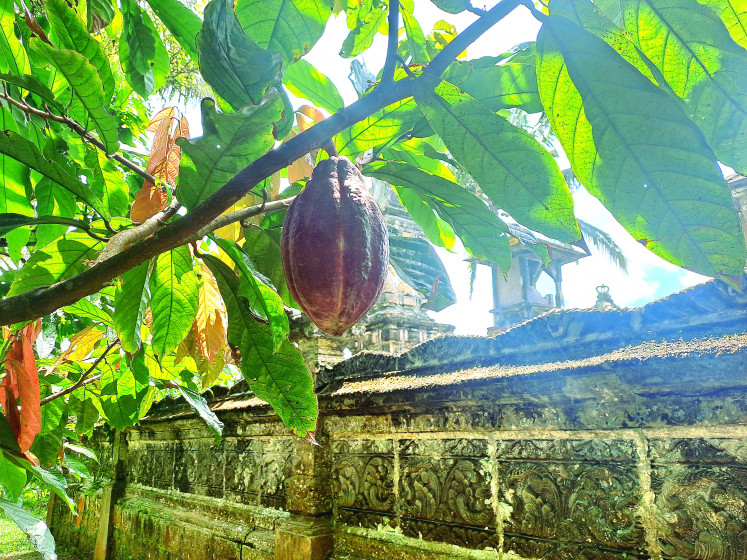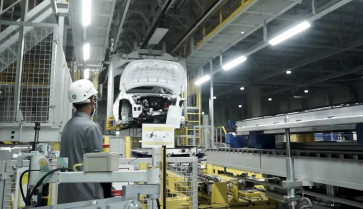Popular Reads
Top Results
Can't find what you're looking for?
View all search resultsPopular Reads
Top Results
Can't find what you're looking for?
View all search resultsAnalysis: Indonesia bets on EV batteries to reinvigorate manufacturing
Change text size
Gift Premium Articles
to Anyone
I
ndonesia is banking on a suite of large-scale electric vehicle (EV) battery projects, Dragon, Titan and Omega, to reverse the country’s manufacturing slump, slash fuel imports and secure a strategic place in the global EV supply chain. At the heart of this national push is the US$5.9 billion Dragon project, recently inaugurated by President Prabowo Subianto, which aims to build an end-to-end nickel-based battery ecosystem anchored by partnerships with Chinese EV battery giant Contemporary Amperex Technology Co. Limited (CATL).
The Dragon project is a landmark joint venture involving Indonesian state-owned mining companies Aneka Tambang (Antam) and Indonesia Battery Corporation (IBC), and Ningbo Contemporary Brunp Lygend Co. Ltd. (CBL), a consortium under CATL, Brunp and Lygend. The scale of the project is significant, and it promises to generate $48 billion in economic value, roughly eight times the initial investment, alongside creating 8,000 direct jobs and 35,000 indirect jobs across the country.
Crucially, Dragon is structured to span the entire EV battery supply chain. On the upstream end, Antam and CBL began joint nickel mining operations in 2023. Plans are underway to expand this collaboration into nickel refining, with two facilities targeted for completion by 2027 and 2028. On the downstream side, IBC and CBL are partnering to produce battery cell components, including cathodes, anodes, precursors and cobalt sulphate, areas where Indonesia has so far lacked capacity.
This absence of local cell component production has long created inefficiencies. Currently, refined ore must be exported for further processing, while domestic battery manufacturers are forced to import key inputs. Localizing this stage of production could significantly cut input costs, lower EV prices and increase value-added benefits for the Indonesian economy. Moreover, domestically produced components will have high export potential, an attractive proposition given the current downturn in global EV demand.
The Dragon project's battery cell plant, currently under construction, will have an initial capacity of 6.9 GWh per year, with a second phase expected in 2028 to boost total output to 15 GWh. This is enough to supply batteries for 250,000 to 300,000 EVs annually and is projected to save Indonesia 300,000 kiloliters of fuel imports each year.
Beyond Dragon, other EV battery initiatives are also progressing. The Indonesia Battery Holding Consortium (INBC), comprising Bakrie & Brothers, Envision Group and Glencore Plc., has committed to a US$9 billion investment. Meanwhile, the Titan project, originally led by South Korea’s LG Energy Solution (LGES), experienced a setback after LGES withdrew due to global market uncertainties. Zhejiang Huayou Cobalt has since taken the lead, revising the investment figure from $9.8 billion to $8.6 billion and seeking new partners from the U.S., Europe, Japan and China.
Despite its exit from Titan, LGES remains active in Indonesia through the Omega project, a US$1.1 billion collaboration with Hyundai Motor Indonesia. Operating under the name Hyundai-LG Indonesia (HLI) Green Power, the plant began operations in 2024 and aims to expand capacity to 30 GWh per year. IBC is pursuing a 5 percent equity stake in this venture.

